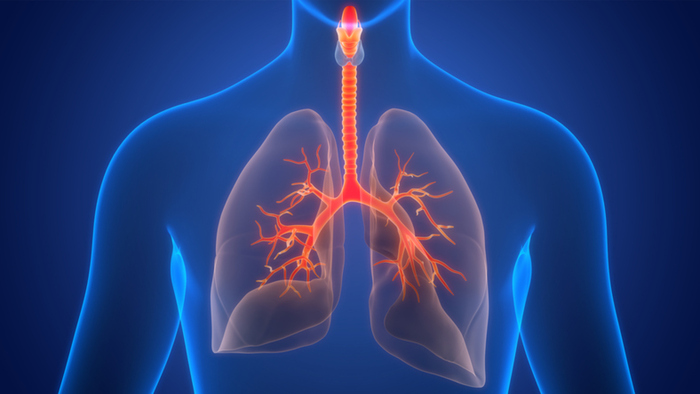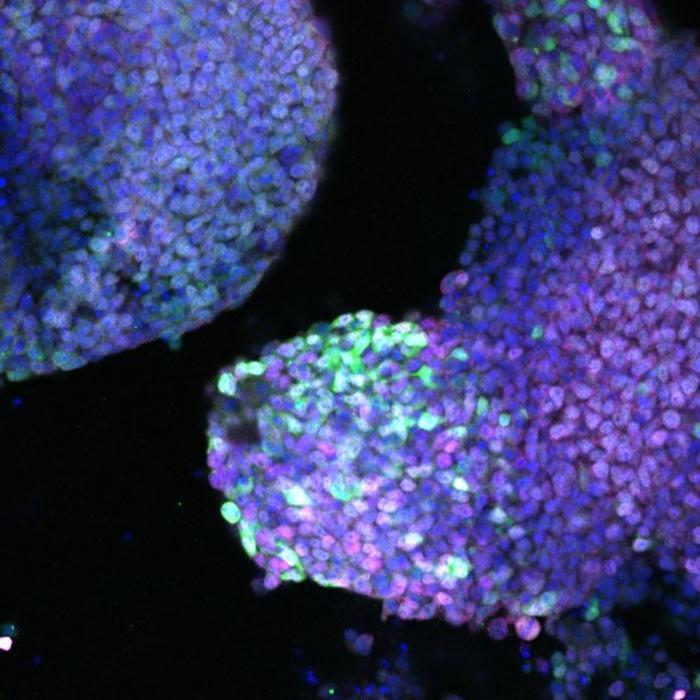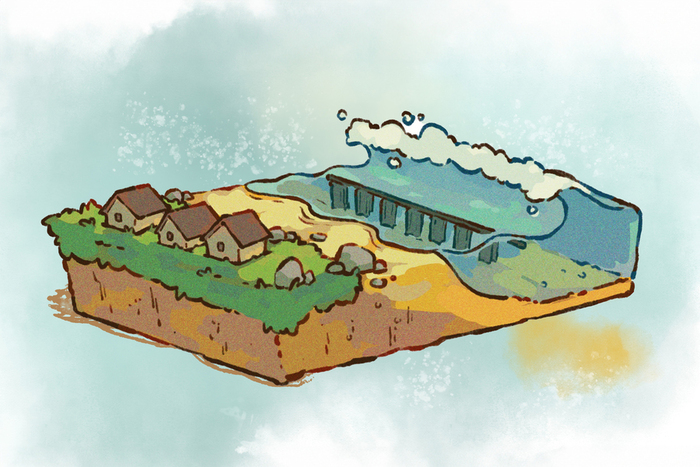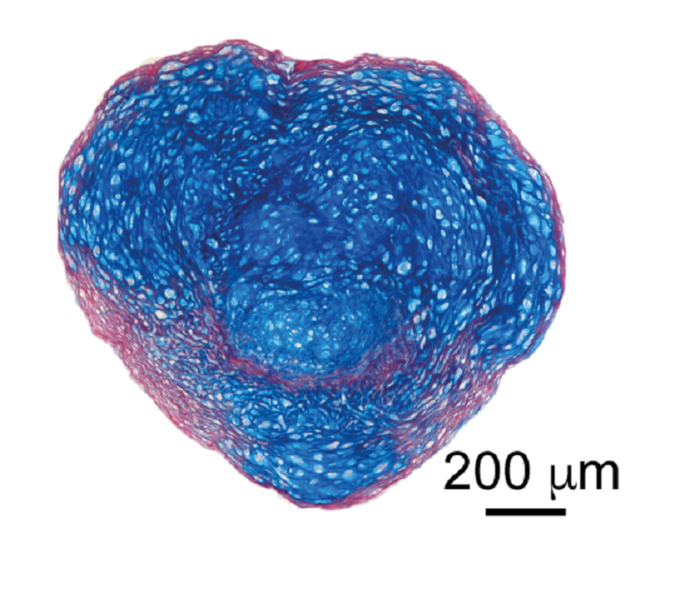In the lab, researchers have developed tiny brains to measure electrical impulses. These brain waves are similar to those of premature infants, according to researchers led by Alysson Muotri of the University of California, San Diego, California, in the journal Cell Stem Cell.
The mini brains are about one million times smaller than a human brain, but show first, rhythmic activities from the age of about four months. With such so-called organoids, for example, morbid aberrations of the brain or the effect of drugs could be investigated.
"The level of neuronal activity we see is unprecedented in the lab," Muotri is quoted in a note from the journal. His colleagues and he were one step closer to a model that can create the early stages of a sophisticated neural network. Networks arise when nerve cells build connections with each other.
more on the subject
The researchers bred many of the three-dimensional stem cell organoids and allowed them to grow in the lab for 10 months. Then they looked to see which cell types evolved. After three and six months specialized cells of the brain were found, like glial cells and nerve cells. The researchers also discovered nerve cells with so-called GABA receptors, which had not previously been generated in the laboratory.
The approximately pea-sized mini brains grew on a plate with numerous electrodes. Thus, the team around Muotri could repeatedly determine the electrical activity of the developing neural network. These measurements compared them to the brain activities of premature infants. In addition, the scientists transferred the measurement data of the premature babies into an artificial intelligence program. The simulation showed a similar developmental stage as that of the organoids.
Muotri and colleagues are aware that their research also raises social and ethical issues. They emphasize that the organoids differ in many ways from the human brain. "The organoid is still a very rudimentary model - we have no other brain parts and structures," says Muotri. For example, there was a lack of blood vessels, even the division into two halves of the brain do not exist.
more on the subject
Above all, he emphasizes the opportunities: "I can help people with neurological diseases by giving them better treatments and a better quality of life." Muotri is also involved in a company that wants to promote, inter alia, with the help of brain organoids, the therapy of certain neurological diseases.
Oliver Brüstle from the University Hospital Bonn also sees great opportunities in research on brain organoids. He certifies the group around Muotri a good, serious work, which was made technically sound. However, he bothered by the interpretation that the neural activities are comparable to those of humans: "With such a statement one should be very careful." For example, inhibitory neurons in organoids are difficult to realize because they are formed elsewhere in the brain and then migrate into the cerebral cortex.
Jürgen Knoblich from the Institute of Molecular Biotechnology in Vienna also considers the comparison with the brain activities of premature infants to be inappropriate: "This interpretation goes too far and can raise false hopes." In the scientific community, there are also doubts that with the flat electrode plate actually activities of the entire organoid were measured. However, the organoid is a very good research model, much better than the previously used mouse model.









